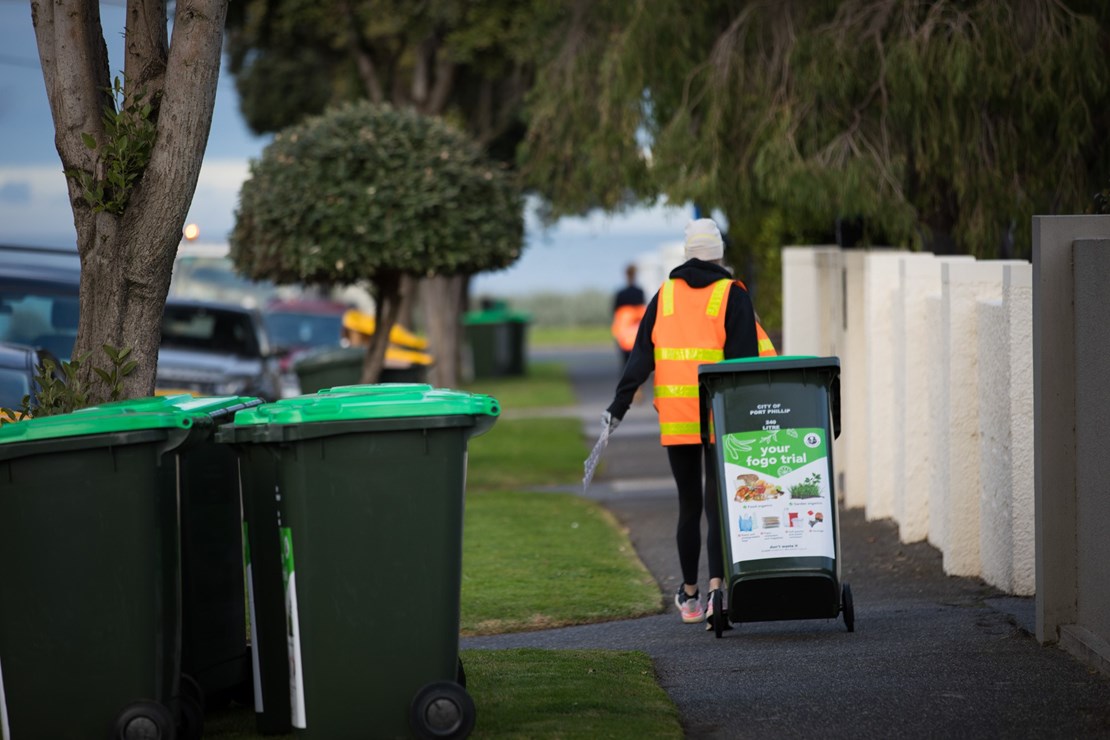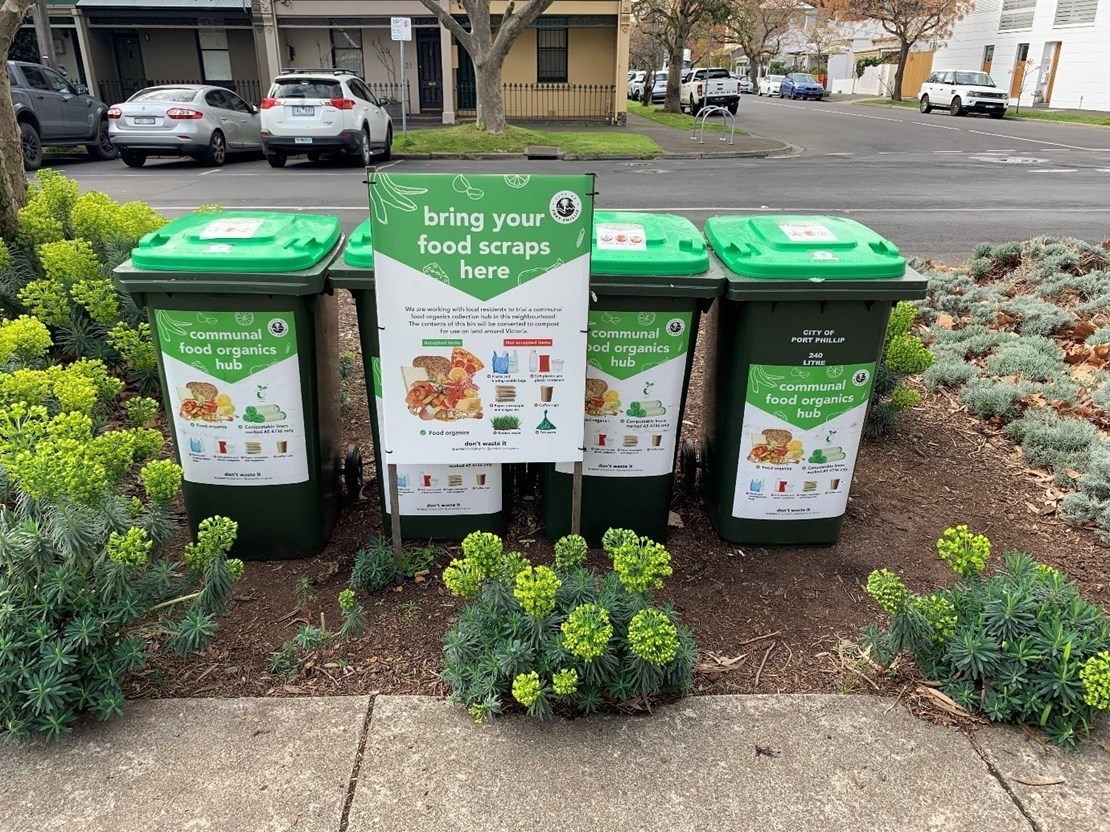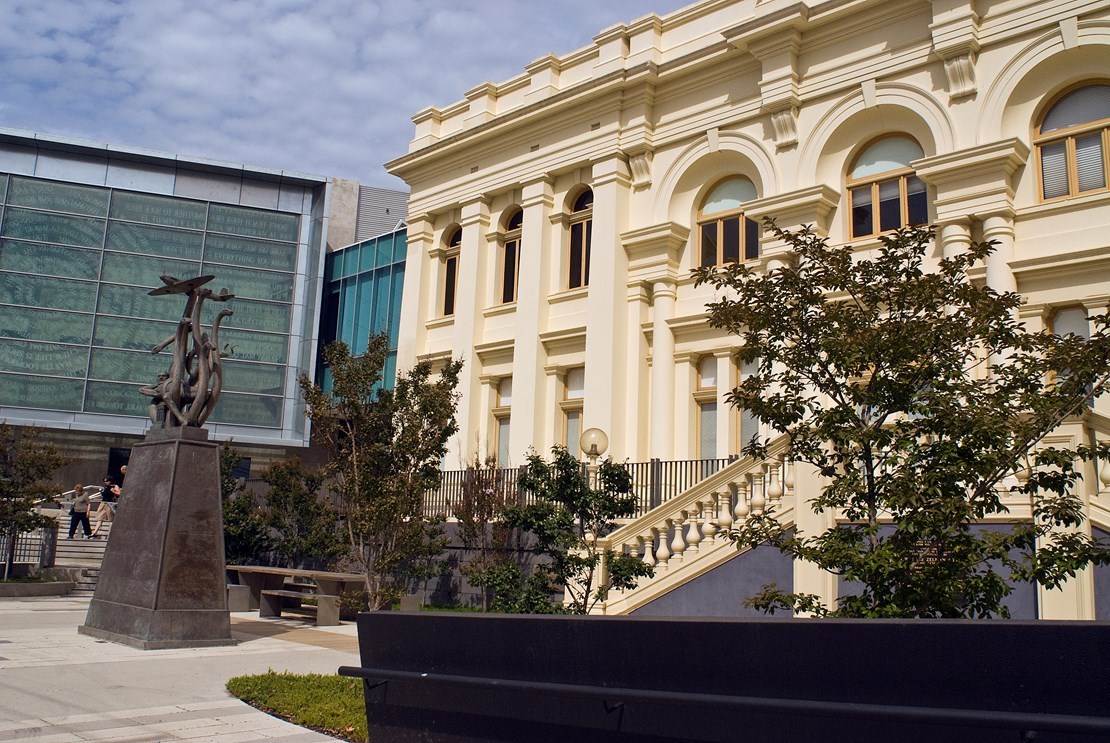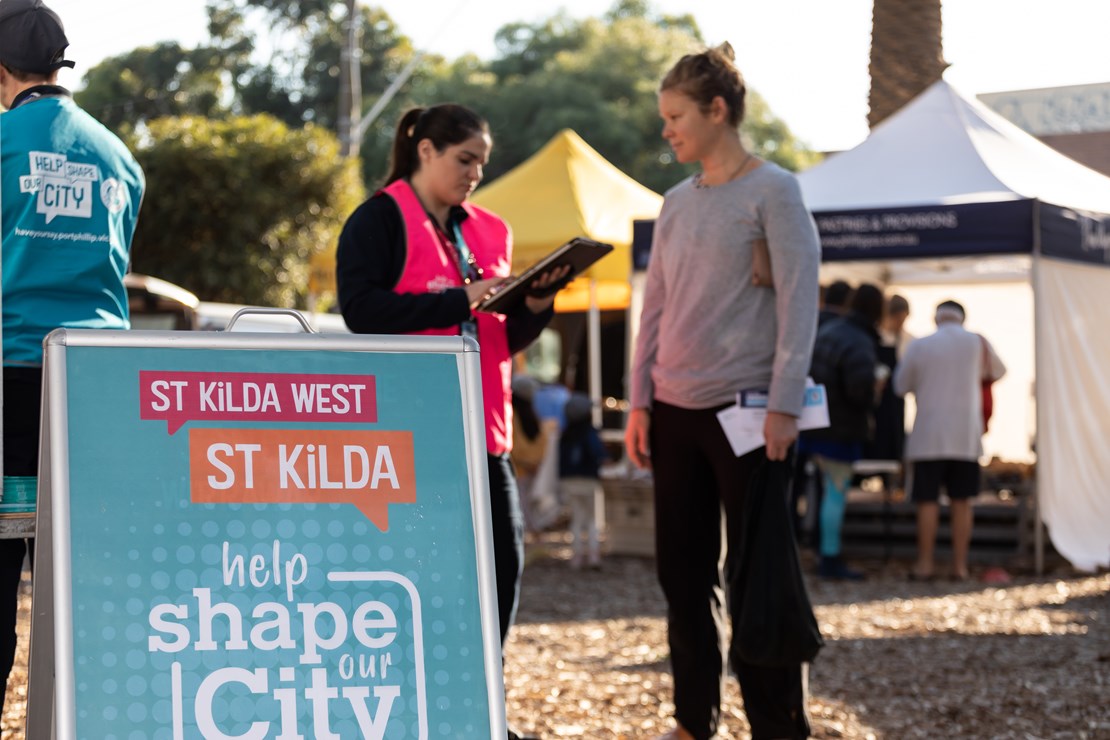Every year we undertake a rigorous process of community engagement on the Council Plan and Budget, to ensure that our community has their say on the plans and vision for our City for the year ahead. This is key to facilitating and encouraging discussion with our community about what is important to you, so that we can capture your feedback and ensure it is reflected in the Council Plan and Budget.
We encourage everyone to get involved and help shape our City by providing your thoughts and feedback on the draft Council Plan and Budget 2022/23, which is now open for consultation. Of note this year are some proposed changes we're especially keen to have your feedback on, including the Rating Strategy, Waste Strategy, Waste Charge and a new Enterprise Asset Management Plan.
1. Rating strategy
We want to change how rates charges are worked out, from the rent value of a property to its sale value, to ensure a fair rates burden on residents, so that people are charged a fair contribution for services, particularly considering the shift in property valuations.
We're proposing a move from Net Annual Value (NAV) to the Capital Improved Value (CIV) rating system, with Differential Rating, and a separated out flat waste charge, to give Council enough flexibility to effectively address these changes and rate shift issues. CIV is a simpler mechanism based on property market value and is consistent with most Victorian councils who are already using the CIV system.
The proposed change to our Rating Strategy (from NAV to CIV) would change how rates charges are worked out, from the rent value of a property to its sale value, that is:
- Net Annual Value (NAV) is calculated based on the greater of current value of a property's net annual rent or five per cent of CIV.
- Capital Improved Value (CIV) is the total market (sale) value of the land plus buildings and other improvements.
We're proposing these changes for several reasons, including significant changes in the waste sector and in our community profile (with a greater growth in residential properties, as well as valuation shifts in specific property types resulting in some disproportionate rates distribution shifts).
Our current NAV rating system has seen rates distribution shifts from non-residential (commercial and industrial properties) to residential properties by up to $0.9 million since 2016/17, due to changes in property valuation.
The valuation for the 2021/22 year saw commercial and industrial properties on average receive a rate decrease, while residential properties on average had a rate increase above rates cap due to the valuation shift - meaning that more of the rates burden shifted to residential. We are also anticipating a continuation of this trend in the 2022/23 valuation cycle - which means that, without intervention, the rates burden will continue to shift towards residential properties.
Differential Rating
Differential Rating alongside the change to CIV can be used to more effectively address the issues associated with valuation shifts. This is why we're proposing to introduce Differential Rating at property class, with the following rates in the dollar:
- residential rate in the dollar 0.001615
- commercial rate in the dollar 0.002062
- industrial rate in the dollar 0.002073.
Differential Rating would be used to maintain fairness and relative consistency in the distribution of rates between property classes and a ratepayer's ability to pay. A higher differential rate would be set for commercial and industrial properties compared to residential properties. This reflects an objective to maintain fairness and relative consistency in the distribution of rates between property classes (which is inbuilt within the NAV rating system), as well as the taxation and higher rental yield benefits generally available to owners of these types of properties.
To manage the impacts of change, any major differential rating changes will be gradual and take into consideration the annual general property valuation and demographic changes as part of the budget development process and setting of differential rates.
It is important to note these proposed changes do not impact the total rates revenue raised each year, which is determined by the annual budget process within the prescribed rates cap.
2. Waste Strategy

We're developing a new Waste Strategy, to ensure that we are delivering what our community wants - which is additional waste services, to cover four different streams of waste management including more recycling services. The four streams cover general waste, general recycling (paper, metal, plastics), glass, and food organics and garden organics (FOGO).
In addition to delivering the services that our community has told us they want, we're also seeing the level of waste across our community is continuing to increase, which is contributing to driving up costs. This is on top of already-increasing costs of current waste management services, such as increased EPA landfill levies. The aim is to reduce the impact on the environment by reducing the amount of material sent to landfill, which over time will also reduce the costs incurred to process waste in our City. These are challenges that we must address now, because increasing costs are driving increased costs to ratepayers, which is a problem that must be addressed as a priority.
More household waste is being generated in our City as increased numbers of residents work from home and our population grows. This additional waste means extra costs to Council. Shifting recycling markets and increased processing costs, including the cost of contamination, are also placing pressure on costs.
We're also planning for Victoria's four-service waste and recycling model under the Victorian Government's Recycling Victoria policy. The new system will standardise accepted items for each recycling stream and bin lid colours across the state. These reforms will require all Victorian councils to provide access to a four-service waste model: garbage, recycling, separated glass (by 2027) and food and garden organics (by 2030). As part of this, we're planning to roll out communal glass recycling hubs and a FOGO service (combination of kerbside bins and communal hubs) across the City in 2023.
Hybrid waste model
Unlike some outer metropolitan, regional and rural councils, many residents in the City of Port Phillip live in apartments or small properties who can't accommodate additional bins or don't generate a lot of garden organics.
That's why we're proposing to roll out a new hybrid waste model, in which some residents who have gardens and space for additional bins would be allocated a kerbside FOGO bin. And those who don't have the space or generate much garden material would not be allocated a separate FOGO bin but instead have access to a communal service, enabling them to drop off FOGO materials at communal recycling collection points in local parks, shopping centres and the like.
This also means that for properties that have a kerbside FOGO bin we can reduce the frequency of their landfill waste bin collection, from weekly to fortnightly, because having the FOGO bin would mean sending a lot less waste to landfill - so their landfill bins also don't fill up as frequently. This change will also help us to manage the costs for the introduction of new services such as the kerbside FOGO service.
Glass recycling would be offered as a communal service, via drop-off points at different locations across the entire City, for everyone to access. This proposal is based on the results of our recent kerbside glass recycling trials, which indicated that recycled glass volumes don't warrant a fortnightly
kerbside collection. Therefore we're proposing the introduction of communal glass recycling hubs instead of a kerbside service - which will also give us the opportunity to observe and assess how the Victorian Government's container deposit scheme works.
We're committed to meeting our community's needs in the most efficient way possible, while providing the services our community has told us they really want. The new Waste Strategy addresses the problems of increasing levels of waste, and how we can deliver the additional services our community wants. We need to plan how we do this to ensure those services remain affordable, which is critical given waste management costs are predicted to keep rising. The Waste Strategy is how we will manage cost increases, and the actions that we're going to take to keep costs under control.
3. Waste charge

We're proposing to implement a waste charge - separating out from general rates the cost to deliver waste services (kerbside bin collection, hard waste collection, and operating the Resource Recovery Centre) - to cover additional costs for proposed new services (FOGO and glass recycling) that are being requested by our community and address increased costs to deliver current services. This transparent 'fee for service' approach is in line with the existing practice of many of our neighbouring councils, as we're one of only a handful of councils across Victoria that don't already separate waste costs, but instead cover those costs from the general rates revenue.
This means that you would see on your rates bill a new, flat waste charge that would fund existing and new waste services. This waste charge could be adjusted (up or down) over time, in line with any changes to the cost and range of waste services provided.
Separating out the cost of waste services from your general rates as a direct waste charge is the best way to provide transparency around how much you are paying for your waste services - because it will show up as a separate amount on your rates notice. It also enables greater flexibility for Council to ensure that any waste cost increases (above the rates cap) are covered for core services, in addition to funding any new waste services that need to be introduced in response to demand from our community.
A transparent, separate waste charge will see a reduction in the total amount of rates revenue we need to collect. This means the amount of the rates burden that you pay will also be reduced.
Our proposal is to introduce a tiered waste charge, based on two different levels of service provided, which would be assigned based on the property (for example, not all properties have sufficient space to accommodate an additional kerbside bin). The tiered waste charge would mean that property owners who have a kerbside FOGO bin would pay more for the convenience of having the kerbside service, than those who cannot be given a kerbside service but instead
would have access to communal drop-off services for FOGO.
4. Managing our assets

Council is custodian of $3.6 billion worth of community assets. This includes buildings, land, infrastructure assets like roads, footpaths, underground drainage pipes, trees, vegetation, art, library books, and IT equipment. Our asset management plan (which is called the 'Enterprise Asset Management Plan' or EAMP)
guides how we look after our City's assets on behalf of our community.
A significant portion of Council's budget each year is spent on looking after, operating, improving, and growing these assets. The EAMP helps to ensure we can continue to deliver services and preserve and maintain these assets - like parks, buildings, trees, roads and playgrounds - that people use and expect to be
in good condition, for today and the future.
Putting our community first, we want to ensure that we're spending ratepayers' money effectively, by spending on what is important for our community, and ensuring that our assets are fit for purpose. The EAMP provides the roadmap to deliver on that commitment.
The proposed expenditure on maintenance, renewal, upgrade and new infrastructure in the EAMP is reflected in the draft Budget, which means that this will be updated to reflect any changes to service levels as detailed in the final Budget, after completion of the community engagement process. The proposed expenditure on our assets is designed to achieve Council's Asset Management Policy outcomes of assets that: are fit for purpose, provide community
benefit, respond to environmental sustainability targets, are financially sustainable, and achieve advanced asset management practice.
Have your say

The draft Council Plan and Budget 2022-23 is open for consultation until 27 May 2022.
Visit Have Your Say






